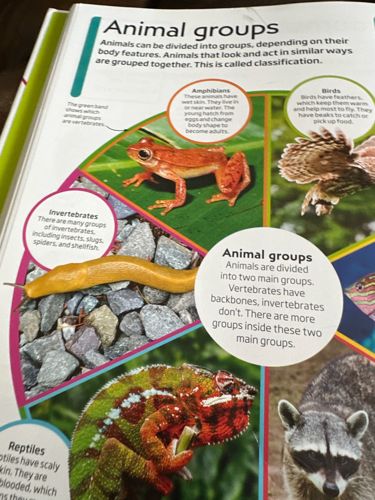Slug
Scientific Name: Arion rufus (likely, given the common 'banana slug' appearance, but visual identification is not definitive for precise species)
Order & Family: Stylommatophora (Order); diverse families including Arionidae, Limacidae, etc.
Size: Typically 2.5 to 15 cm (1 to 6 inches) in length, but some species can exceed 25 cm (10 inches).

Natural Habitat
Moist, damp environments such as gardens, forests, under rocks, logs, leaf litter, and compost piles. They thrive in areas with high humidity and abundant vegetation.
Diet & Feeding
Opportunistic feeders, consuming a wide variety of plant material (leaves, stems, roots, fruits), fungi, algae, and sometimes decaying organic matter or even other small invertebrates.
Behavior Patterns
Slugs are typically nocturnal and prefer moist environments. They secrete mucus for locomotion and protection, leaving a slime trail. They are hermaphroditic, possessing both male and female reproductive organs.
Risks & Benefits
Potential risks include being garden pests, damaging crops and ornamental plants. Some species can also be intermediate hosts for parasites that affect animals. Benefits include decomposition of organic matter, contributing to soil health, and serving as a food source for other animals.
Identified on: 8/16/2025